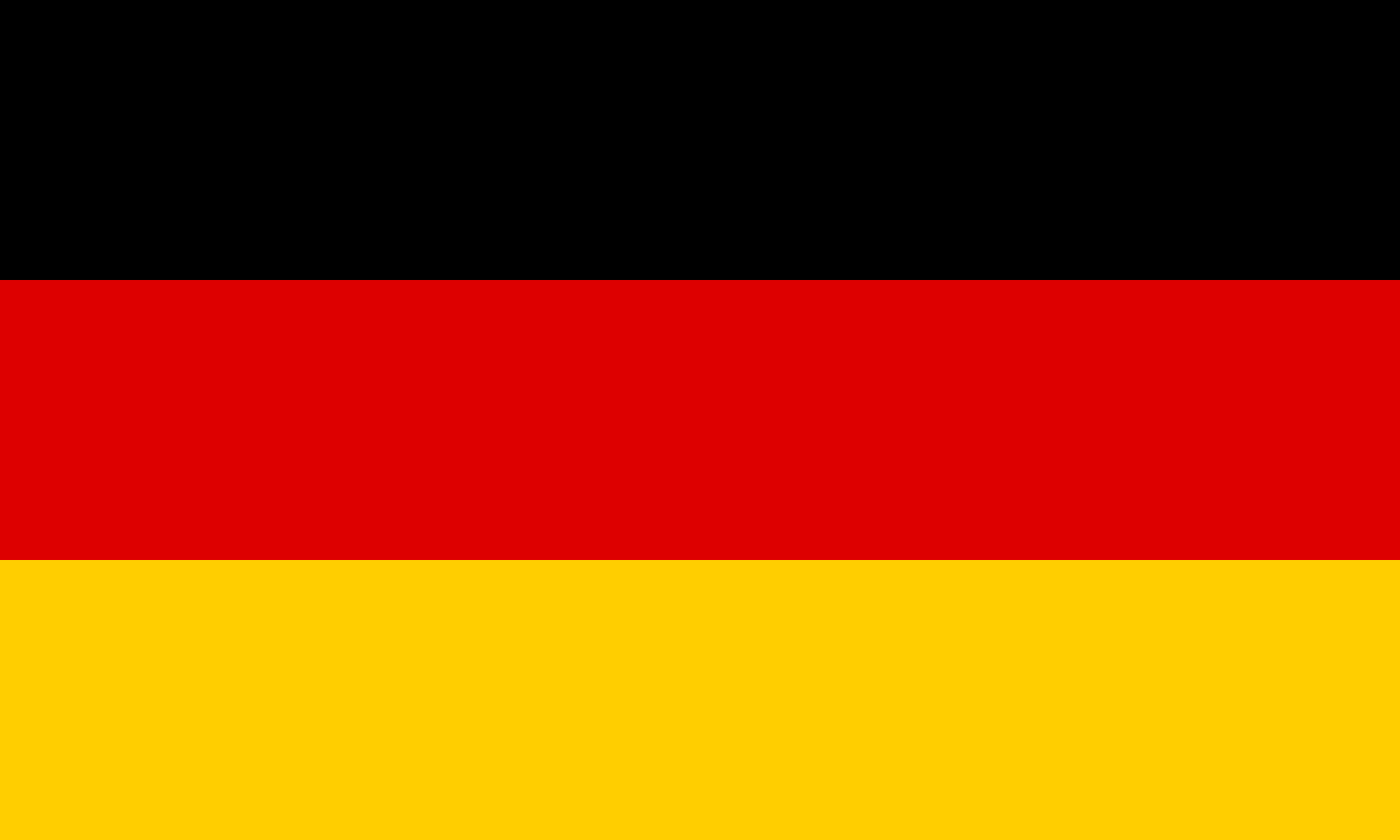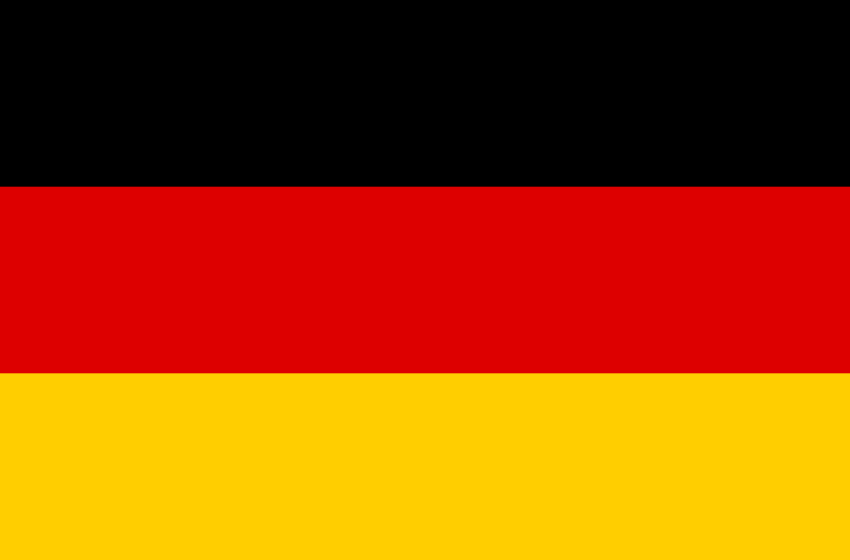

Germany: Fraunhofer ISE Presents Energy Sector Requirements and Costs for 2050
Scientists from the Fraunhofer Institute for Solar Energy Systems ISE, Freiburg, Germany, have just published a comprehensive study on how to reduce energy-related CO2 emissions in Germany in the long term. The focus of the 46-page study entitled “Energiesystem Deutschland 2050” (roughly translated as: Germany’s Energy Sector in 2050) was to develop a scenario in which CO2 emissions could be reduced by 80 % in 2050 compared to 1990 at the lowest possible costs. The study, which is based on a sophisticated calculation model, covers all application areas, including mobility, industry and trade, thereby extending upon the latest study from the end of 2012. The more complex algorithm is leading the institute to conclude that after restructuring the German energy sector, the national economy will keep the total annual costs it has today. The pie chart shows that in the scenario, solar thermal technology will cover around 20 % of the low-temperature heat demand in Germany.
“Our aim was to develop a calculation model through which we could achieve the primary goal of drastically reducing CO2 emissions by replacing conventional energy sources with more sustainable ones at the lowest possible costs,” Dr Hans-Martin Henning, Deputy Director of the Fraunhofer ISE and Director of the Division Thermal Systems and Buildings, explains in a press release. “The Renewable Energy Model – Germany, which we already presented in part last year, has evolved considerably. Specifically, it now includes all energy-consuming application areas: In addition to electricity and heat, these are mobility, as well as manufacturing processes in trade and industry.”
Whereas the central topic of the study last year was the feasibility of supplying the electricity and heat sector with 100% renewable energy, the current one places the emphasis on analysing the German energy market with regard to emission reduction targets. First, the researchers show in detail how to design a cost-optimal energy system which can achieve the targets of the European Commission to reduce CO2 emissions by 80% in 2050. One of the main results of this analysis is that variable and intermittent renewable energy technologies will play a central role in the future supply of energy. But their strong expansion makes it necessary to optimise the energy structure across all sectors.
Regarding the construction sector’s heat supply, the calculation model considers both the central supply through heat networks and the supply in individual buildings. The systems to provide heat to the networks will be combined heat and power (CHP) plants or, where appropriate, centralised large heat pumps and solar thermal systems. The calculation contains a much simplified model of the energy demand for fuel-based processes in trade and industry, which will all be covered by fuels. Optionally, solar thermal systems could supply some of the heat.
The model also includes different kinds of energy storage technologies, such as pumped-storage plants and batteries to store electricity. Heat will be stored in two ways: In large hot water storage tanks, which are connected to heating networks, and in buffer tanks of individual buildings.
The table below shows a possible calculation result for low-temperature heat according to the aforementioned objective. The total supplied heat will be 435 TWh, which is significantly below the present value, provided that energy efficiency means can reduce the heating demand to 40% of today’s value. The table shows that heat pumps will contribute almost 40% to the heat supply, whereas solar thermal plants will supply around 20%, covering 87.2 TWh. Assuming an average annual yield of 400 kWh/m² of collector area, Germany must have around 218 million m² of collector area (153 GWth) in operation in 2050. This is 13 times as much as the 11.5 GWth which were in operation in Germany at the end of 2012.
|
|
TWh |
% |
|
TWh |
% |
| Solar thermal systems | 87.2 | 20.1 | Solar thermal decentralised | 36.1 | 8.3 |
| Solar thermal centralised | 26.2 | 6.0 | |||
| Solar thermal process heat | 25.0 | 5.7 | |||
| CHP | 72.5 | 16.7 | Cogeneration unit, decentralised | 22.6 | 5.2 |
| CHP, large | 27.1 | 6.2 | |||
| CHP, medium | 22.8 | 5.2 | |||
| Heat pumps | 171.1 | 39.4 | Heat pumps, networks | 43.2 | 9.9 |
| Heat pumps, air | 42.9 | 9.9 | |||
| Heat pumps, ground | 51.1 | 11.8 | |||
| Gas-fired heat pumps | 33.9 | 7.8 | |||
| Heating elements |
27.3 | 6.3 | Heating elements | 27.3 | 6.3 |
| Boilers | 70.5 | 16.2 | Boilers | 70.5 | 16.2 |
| Geothermal energy |
6.3 | 1.4 | Deep geothermal | 6.3 | 1.4 |
| Total | 435 | 100% | 435 | 100% |
List of energy sources that are to cover the 435 TWh of low-temperature heat demand in Germany in 2050
Source: Fraunhofer ISE
In addition, the study employs sensitivity analyses to explore different aspects of the energy transformation – for example, the effect of reduced costs for a building’s energy efficiency improvements or the most cost-effective energy structure to achieve greater reduction targets than 80% of energy-related CO2 emissions.
The central message in terms of total national economic cost has not changed compared to the first version of the study: “As soon as the energy supply has been restructured, the total annual cost to the national economy will be the about the same as for today’s combination of energy sources,” Henning explains the main conclusion of the study. “An energy sector predominantly based on renewables won’t be more expensive than our current system. If we had the same combination of energy sources in 2050 as we have today, costs would be much higher, because world prices for fossil fuels will very likely rise in the medium and long term.”
More information:
http://www.ise.fraunhofer.de/en?set_language=en